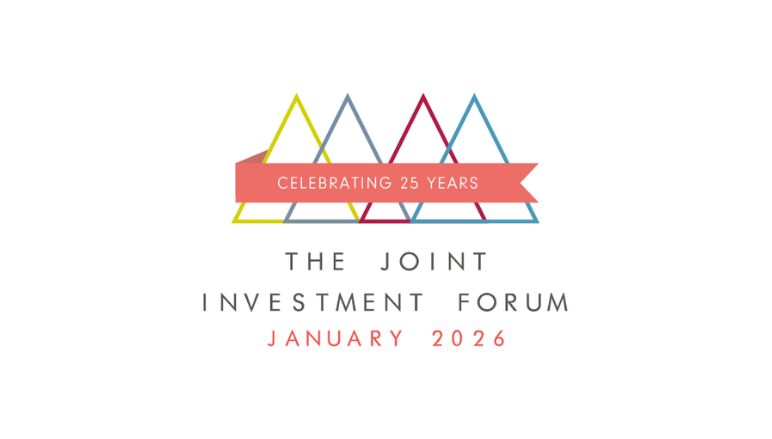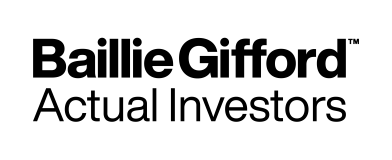Bond market indices have high weightings to the US at a time when US Treasuries look vulnerable.
- Global bond market indices tend to have at least one-third in the US
- US bonds may be risky at a time when a potential inflation shock is looming, and the US dollar is slipping
- Fund of fund managers are increasing their weight to passive indices
The recent auction of 30 year Treasuries met with solid demand, to the relief of many bond market participants who had feared a buyers’ strike. However, the recent wobbles in the bond market have raised an important concern: while the concentration of equity market indices in the US is well-recognised, there is a similar, if less extreme, problem in bond market indices as well. Is this a risk for investors?
Market capitalisation-weighted bond market indices also have significant weightings in the US. The Bloomberg Global Aggregate index – one of the most widely used global bond indices – has around 32% in the US, around three times that of the next closest country (Japan). The popular Vanguard Global Bond index fund has around 38% in the US.
This should give investors pause for thought. Do they want to take that much exposure to the US bond market when interest rates seem unlikely to drop in the near term, a potential inflation shock is looming, and the dollar is slipping? The problems aren’t confined to the US. The Japanese bond market has also seen some weakening of demand in recent auctions that makes a higher weighting a riskier choice.
Yet fund of fund managers are taking more of their fixed income exposure through passive indices. A study by ISS Market Intelligence found that fund of fund managers are increasing their weighting to passive fixed income funds, which now account for just under a third of their allocation on average.
What explains this? While strategic bond funds remain popular, their ‘go anywhere’ approach means they can be difficult to manage within a portfolio. Fund of fund managers don’t necessarily know whether they will get a high octane, high yield portfolio, or a safe-as-houses government bond portfolio. This means it can be difficult to determine whether a bond portfolio is providing the diversification they need. Passive options can give a more precise and predictable exposure.
ISS also cites cost. Passive fixed income funds don’t show the same cost differential with active funds as is seen for equity, but every penny counts. The final consideration may be that passive options need less scrutiny. Managers generally know what the fund is doing most of the time.
However, active fixed income managers may be able to manage some of the risks inherent in today’s bond markets better. Spreads are thin, government debt is elevated and the inflation outlook in some of the major global economies is still highly uncertain. Whether through active or passive, advisers need to make sure their fixed income allocations are doing the right job for their portfolios in this environment.


















